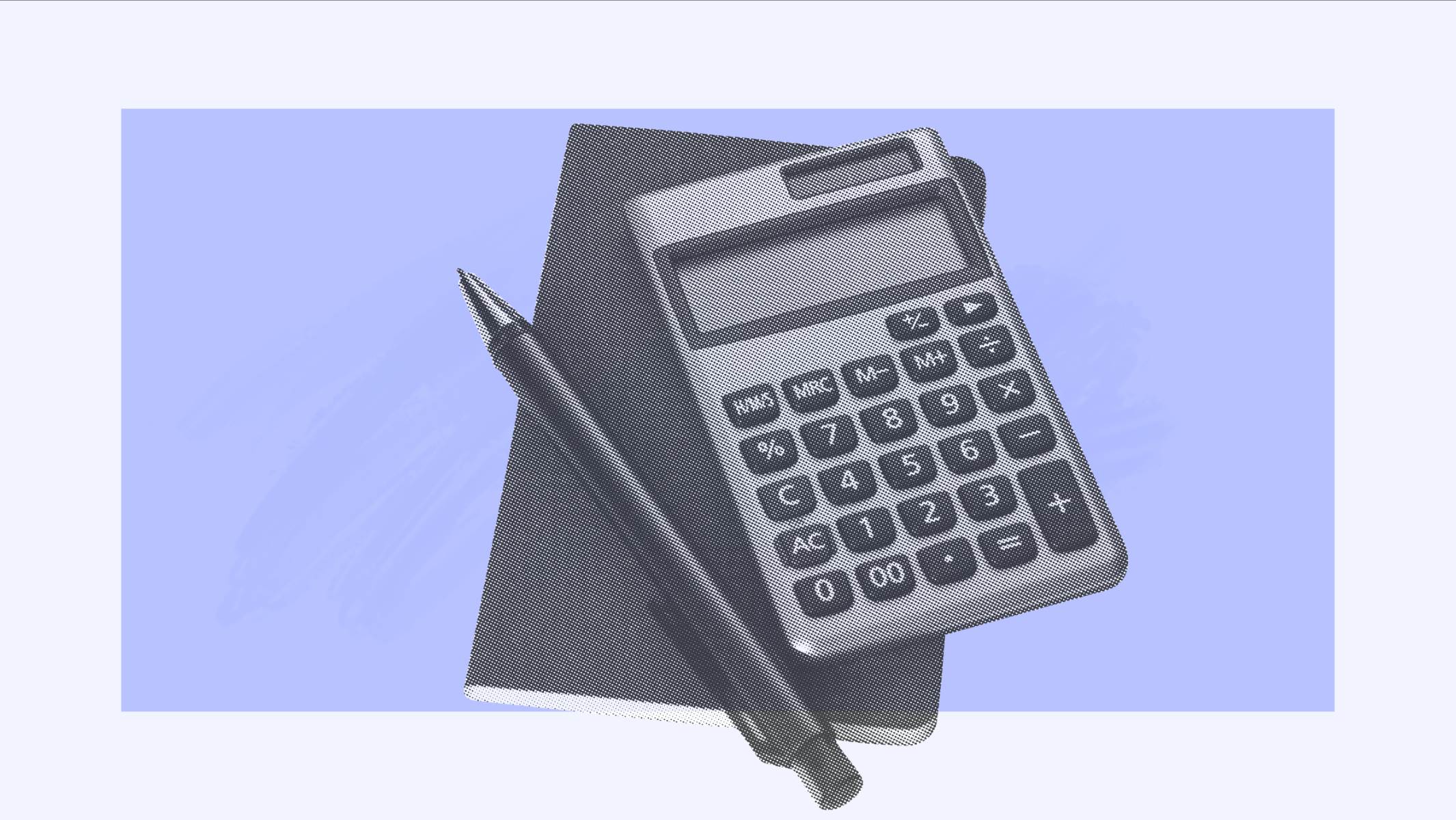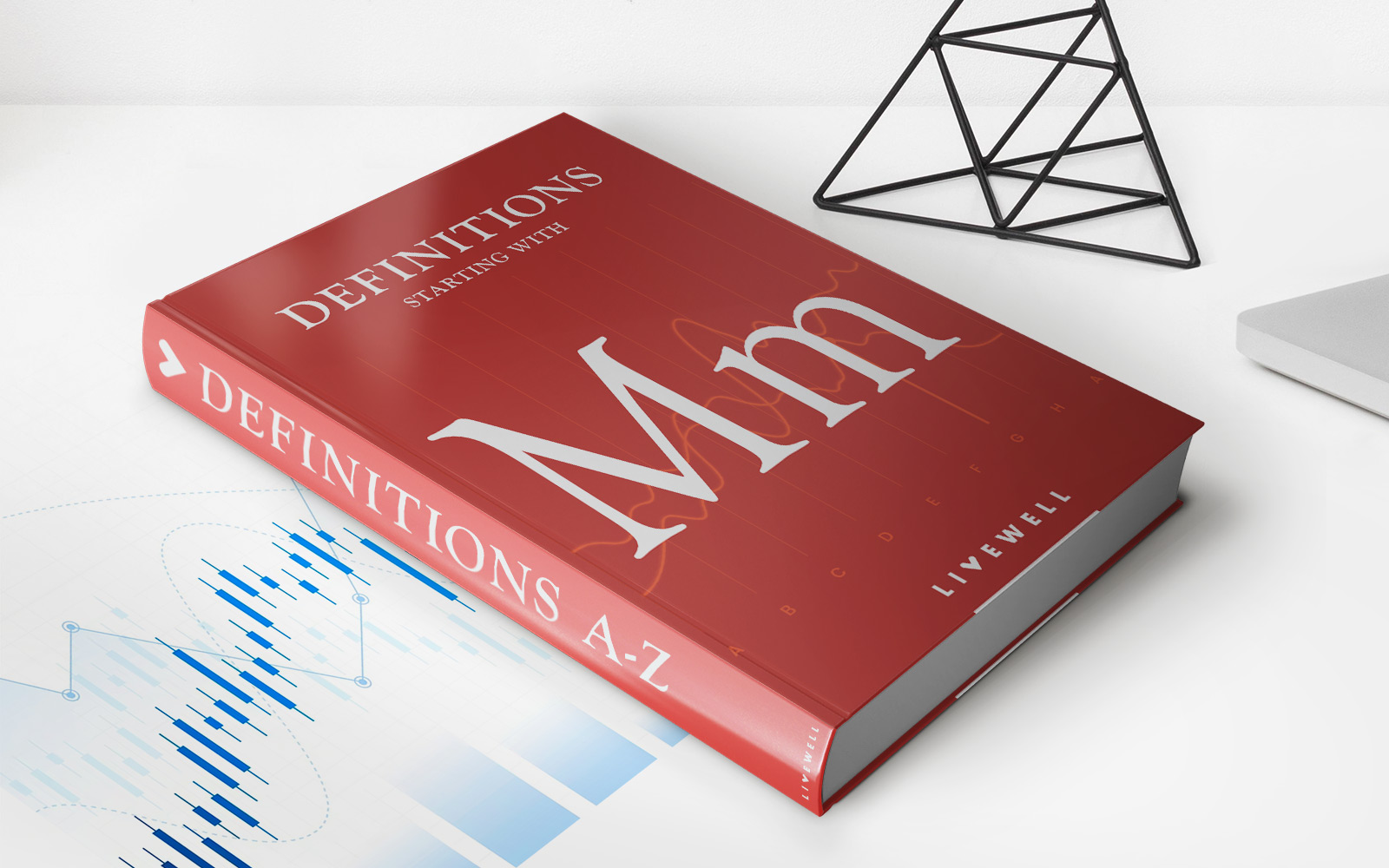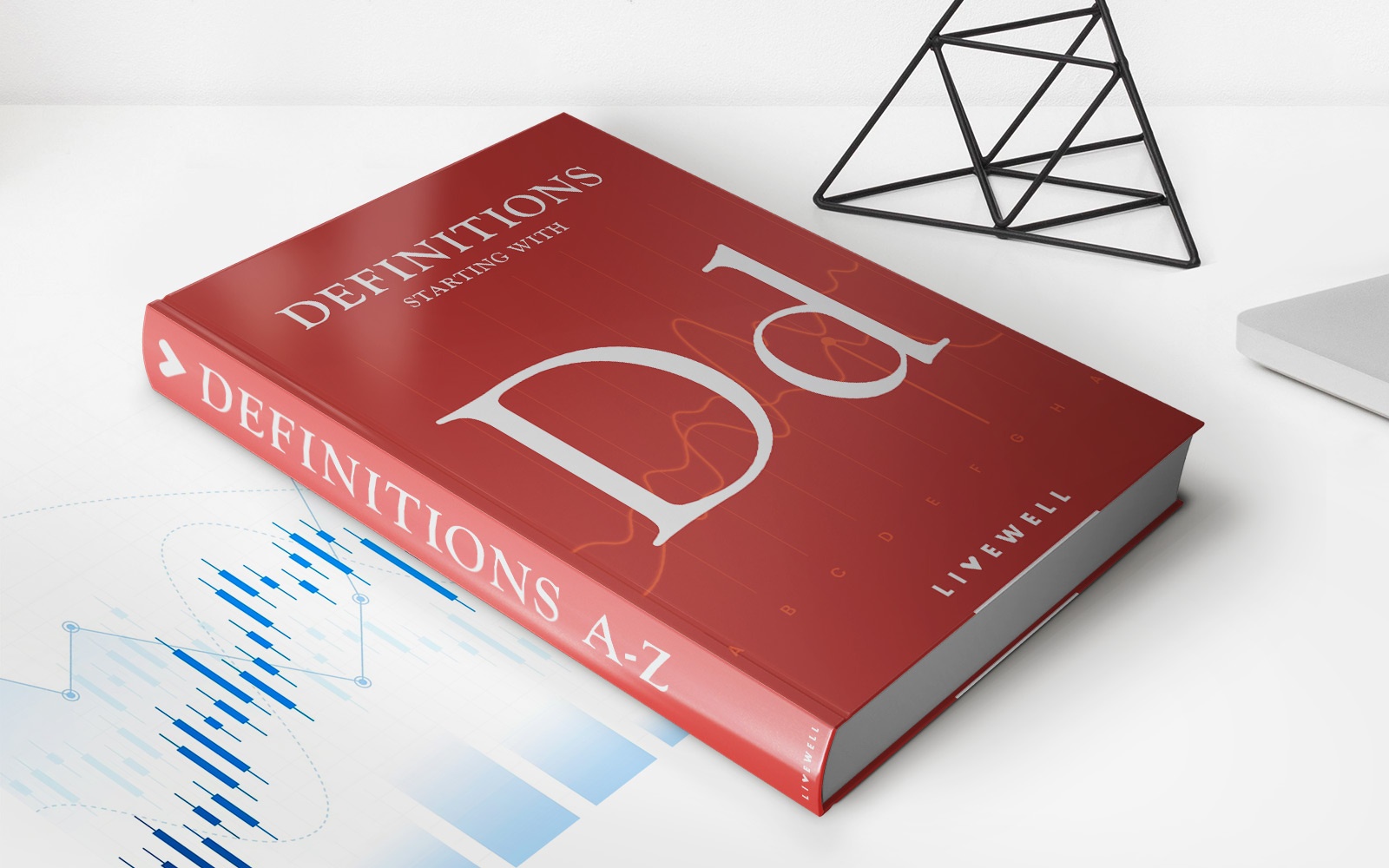

Finance
What Is A Three Way Match In Accounting
Published: October 13, 2023
Learn about the three way match in accounting: its importance, process, and benefits for effective finance management.
(Many of the links in this article redirect to a specific reviewed product. Your purchase of these products through affiliate links helps to generate commission for LiveWell, at no extra cost. Learn more)
Table of Contents
Introduction
Welcome to the world of accounting, where precision, accuracy, and control are of utmost importance. In the financial realm, businesses rely on various processes and procedures to ensure that their financial transactions are recorded and reported accurately. One such critical process is the three-way match, an integral part of the accounts payable function.
The three-way match is a fundamental concept in accounting that ensures that the quantities, prices, and terms listed on a supplier’s invoice match the purchase order and the receiving document. This three-way comparison acts as a control mechanism to safeguard against errors, inconsistencies, or fraudulent activities within the procurement and payment process.
In a nutshell, the three-way match validates that the goods or services received, the supplier’s invoice, and the purchase order align properly, leaving no room for discrepancy or dispute. This important control helps organizations maintain accurate records, prevent overpayment or double payment, and flag any potential issues that may impact financial statements and audits.
Throughout this article, we will delve into the various components of the three-way match, discuss its purpose, explore the benefits it offers, and shed light on the challenges that organizations may encounter when implementing this process. We will conclude by emphasizing the importance of the three-way match in maintaining financial integrity and providing insights into the overall financial health of the business.
Definition of Three Way Match
The three-way match, as the name suggests, involves matching three key documents in the procurement and payment process: the purchase order, the receiving document, and the supplier’s invoice. This process is typically carried out by the accounts payable department to ensure that the financial transactions are accurately recorded and authorized.
Let’s dive deeper into each component of the three-way match:
- Purchase Order (PO): A purchase order is a document issued by the buyer to the supplier, providing details such as the quantity of goods or services required, pricing, delivery terms, and any other specific instructions. It serves as a contractual agreement between the buyer and the supplier, outlining the expectations and terms of the transaction.
- Receiving Document: Also known as the goods receipt or packing slip, the receiving document is generated when the goods or services are physically received by the buyer. It includes information such as the date of receipt, the quantity received, and any discrepancies or damages noted during the inspection process.
- Supplier’s Invoice: The supplier’s invoice is the document sent by the supplier to the buyer, requesting payment for the goods or services provided. It outlines the details of the transaction, including the quantities, prices, payment terms, and any applicable taxes or discounts.
The three-way match process involves carefully comparing these three documents to ensure that the information aligns. The quantities, prices, and terms specified on the supplier’s invoice should match the corresponding information on the purchase order and receiving document. If any discrepancies or variations are identified, they must be resolved and reconciled before processing payment.
The primary objective of the three-way match is to verify that the goods or services have been received as ordered, the prices are accurate, and the terms and conditions of the purchase agreement are upheld. This control mechanism helps organizations prevent errors, detect fraud, and enforce accountability in the procurement and payment process.
Components of Three Way Match
The three-way match process involves comparing three key components: the purchase order, the receiving document, and the supplier’s invoice. Let’s explore each component in more detail:
- Purchase Order (PO): The purchase order is a legally binding document issued by the buyer to the supplier. It specifies the quantity of goods or services required, pricing, delivery terms, and any other specific instructions. The PO serves as a reference point for the three-way match, ensuring that the supplier’s invoice aligns with the agreed-upon terms.
- Receiving Document: The receiving document, also known as the goods receipt or packing slip, is generated when the buyer physically receives the ordered goods or services. It contains information such as the date of receipt, the quantity received, and any discrepancies or damages noted during the inspection process. The receiving document serves as evidence that the goods have been received as expected and are ready for payment.
- Supplier’s Invoice: The supplier’s invoice is the document sent by the supplier to the buyer, requesting payment for the goods or services provided. It details the specifics of the transaction, including the quantities, prices, payment terms, and any applicable taxes or discounts. The supplier’s invoice is compared against the purchase order and the receiving document to ensure that the information matches and that the buyer is being charged correctly.
The three components of the three-way match must align to ensure accuracy and maintain control over the procurement and payment process. Any discrepancies or variations between these documents need to be addressed and resolved before processing payment. Without this verification process, businesses risk overpayment, underpayment, or paying for goods or services that were not received.
By comparing the purchase order, receiving document, and supplier’s invoice, organizations can ensure that they are only paying for what was ordered, received, and agreed upon. This control mechanism helps prevent errors, inaccuracies, and fraudulent activities, ultimately safeguarding the financial integrity of the business.
Purpose of Three Way Match
The three-way match serves several crucial purposes in the procurement and payment process. Let’s explore the key objectives of this essential control mechanism:
- Verification of Accurate Billing: The primary purpose of the three-way match is to verify that the supplier’s invoice aligns with the purchase order and the receiving document. By comparing these three documents, businesses can ensure that they are being billed accurately for the goods or services received. This control measure helps prevent overbilling, underbilling, and discrepancies that may impact financial statements.
- Confirmation of Quantity and Quality of Goods/Services: By matching the quantities listed on the purchase order and the receiving document with the supplier’s invoice, the three-way match ensures that the correct quantity of goods or services has been received. It also confirms that the quality of the goods meets the buyer’s expectations. This helps businesses avoid paying for products that were not received or for subpar quality.
- Accuracy in Pricing and Terms: The three-way match process ensures that the prices listed on the supplier’s invoice correspond to those agreed upon in the purchase order. It also validates that the payment terms, such as discounts or early payment incentives, are accurately reflected on the invoice. This control mechanism helps businesses avoid overpaying or missing out on agreed-upon discounts.
- Fraud Detection and Prevention: Implementing a three-way match process helps identify potential fraudulent activities within the procurement and payment process. Any discrepancies or variations in the documents can raise red flags and prompt further investigation. By detecting and preventing fraud, businesses can minimize financial losses and maintain the integrity of their financial records.
The purpose of the three-way match is to provide assurance that financial transactions are accurate, authorized, and in compliance with the company’s policies and procedures. By implementing this control mechanism, organizations can minimize the risk of errors, discrepancies, and fraudulent activities, while ensuring transparency and accountability in their financial operations.
Benefits of Three Way Match
The three-way match process offers several significant benefits for businesses, enhancing their financial control and operational efficiency. Let’s explore the key advantages of implementing a three-way match:
- Accuracy and Integrity: The three-way match ensures the accuracy and integrity of financial transactions. By comparing the purchase order, receiving document, and supplier’s invoice, businesses can confirm that the quantities, prices, and terms align. This helps prevent errors, discrepancies, and fraudulent activities, ultimately maintaining the financial integrity of the organization.
- Prevention of Overpayment: One of the primary benefits of the three-way match is the prevention of overpayment. By verifying that the goods or services received match the purchase order and the supplier’s invoice, businesses can ensure that they only pay for what was ordered and received. This control mechanism helps avoid overpaying for items or services that were not actually received or were invoiced at a higher price.
- Identification of Discrepancies: The three-way match process helps identify any discrepancies or variations between the purchase order, receiving document, and supplier’s invoice. Any inconsistencies can be promptly investigated and resolved before processing payment. This enables businesses to address issues in a timely manner, preventing potential disputes with suppliers and ensuring accurate financial reporting.
- Audit Compliance: Implementing a three-way match system enhances audit compliance. By maintaining accurate records of the purchase order, receiving document, and supplier’s invoice, businesses can demonstrate their adherence to financial regulations and internal control procedures. This ensures smooth audit processes and mitigates the risk of non-compliance penalties or issues.
- Improved Vendor Relationships: The three-way match process promotes healthier and more transparent relationships with vendors. By verifying the accuracy of invoices and promptly resolving any discrepancies, businesses can foster trust and reliability with their suppliers. This can lead to improved communication, better negotiation of terms, and enhanced overall vendor performance.
The benefits of the three-way match extend beyond financial control and accuracy. It also positively impacts operational efficiency, strengthens relationships with vendors, and mitigates risks associated with fraud and non-compliance. By implementing this control mechanism, organizations can streamline their accounts payable process, reduce financial losses, and improve overall financial management.
Challenges of Three Way Match
While the three-way match process offers numerous benefits, it is not without its challenges. Implementing and maintaining an effective three-way match system can pose certain difficulties for businesses. Let’s explore some of the common challenges associated with the three-way match:
- Data Entry and Management: Ensuring accurate data entry and management of the purchase order, receiving document, and supplier’s invoice can be a complex task. Human errors, such as incorrect quantities or prices, can occur during data entry, leading to discrepancies during the matching process. Organizations need to implement robust systems and controls to minimize data entry errors and maintain accurate records.
- Documentation and Record Keeping: Managing the documentation and record-keeping process can become challenging, especially for organizations with high procurement volumes. Maintaining organized and easily accessible records of purchase orders, receiving documents, and supplier’s invoices is essential for efficient three-way matching. Failure to do so can result in delays, errors, and potential audit issues.
- Discrepancy Resolution: When discrepancies are identified during the three-way match process, resolving them can be time-consuming and require additional communication with vendors. Discrepancies may arise due to pricing errors, damaged goods, or other issues. Organizations need to have effective processes in place to investigate and address discrepancies promptly and accurately.
- System Integration: Integrating the three-way matching process with existing procurement, inventory, and accounting systems can be a significant challenge. Ensuring seamless data transfer and synchronization between these systems is essential for accurate matching and reporting. Organizations may need to invest in technology solutions or work with IT experts to achieve effective system integration.
- Exceptions Handling: Handling exceptions that arise during the three-way match process can be complex. Some situations may require deviations from the standard matching criteria, such as partial shipments or change orders. Organizations need clear processes and guidelines in place to handle exceptions efficiently while maintaining control and accuracy.
Businesses need to be aware of these challenges when implementing a three-way match system and develop strategies to overcome them. By addressing these challenges proactively, organizations can enhance the effectiveness and efficiency of their three-way match process, ensuring accurate financial reporting and control over the procurement and payment process.
Importance of Three Way Match in Accounting
The three-way match process plays a vital role in maintaining the accuracy and integrity of financial records in accounting. It ensures that financial transactions are properly authorized, recorded, and reported. Let’s explore the importance of the three-way match in accounting:
- Accuracy in Financial Reporting: The three-way match process helps ensure the accuracy of financial records and reports. By comparing the purchase order, receiving document, and supplier’s invoice, businesses can verify that the quantities, prices, and terms match, minimizing the risk of errors or discrepancies in financial statements.
- Risk Management: Implementing a three-way match system helps mitigate risks associated with fraudulent activities and errors in the procurement and payment process. By thoroughly validating invoices and detecting discrepancies, businesses can identify and address potential risks before they impact financial integrity.
- Compliance with Internal Controls: The three-way match process is an integral part of internal control procedures. It ensures that transactions are authorized, accurately recorded, and in compliance with company policies and procedures. This control mechanism helps organizations demonstrate adherence to regulatory requirements, including audit compliance.
- Vendor Accountability: By conducting a three-way match, businesses hold their vendors accountable for providing accurate invoices and delivering goods or services as agreed upon. This not only reduces the risk of overpayment or incorrect billing but also fosters transparency and trust in vendor relationships.
- Efficient Cash Flow Management: The three-way match process aids in efficient cash flow management. By verifying that invoices align with purchase orders and receiving documents, businesses can ensure that payments are made on time for valid transactions. This prevents delayed payments, penalties, or missed discounts.
- Enhanced Decision Making: Accurate and reliable financial information resulting from the three-way match process provides a solid foundation for decision making. Management can rely on the validity of data to analyze costs, monitor expenses, and make informed strategic decisions regarding procurement, vendor selection, and budgeting.
The three-way match is an essential component of accounting processes, offering significant benefits in terms of accurate financial reporting, risk management, compliance, vendor accountability, cash flow management, and decision making. By implementing and maintaining an effective three-way match system, organizations can enhance financial control and optimize their overall financial operations.
Conclusion
The three-way match process is a critical control mechanism in accounting that ensures the accuracy, integrity, and transparency of financial transactions. By comparing the purchase order, receiving document, and supplier’s invoice, businesses can validate the quantities, prices, and terms, minimizing the risk of errors, discrepancies, and fraudulent activities.
Throughout this article, we have explored the definition of the three-way match and its components. We have discussed its purpose in verifying accurate billing, confirming the quantity and quality of goods or services received, and ensuring pricing and terms accuracy. Additionally, we have highlighted the benefits of the three-way match, including improved accuracy, prevention of overpayment, identification of discrepancies, audit compliance, and enhanced vendor relationships.
However, it is important to recognize the challenges associated with the three-way match process, such as data entry and management, documentation and record-keeping, discrepancy resolution, system integration, and exceptions handling. Organizations must address these challenges efficiently to maximize the effectiveness of their three-way match system.
Ultimately, the three-way match holds immense importance in accounting as it ensures accurate financial reporting, mitigates risks, complies with internal controls, holds vendors accountable, manages cash flow efficiently, and facilitates informed decision-making. By implementing and maintaining a robust three-way match process, businesses can safeguard their financial integrity, maintain strong vendor relationships, and optimize their financial operations.














